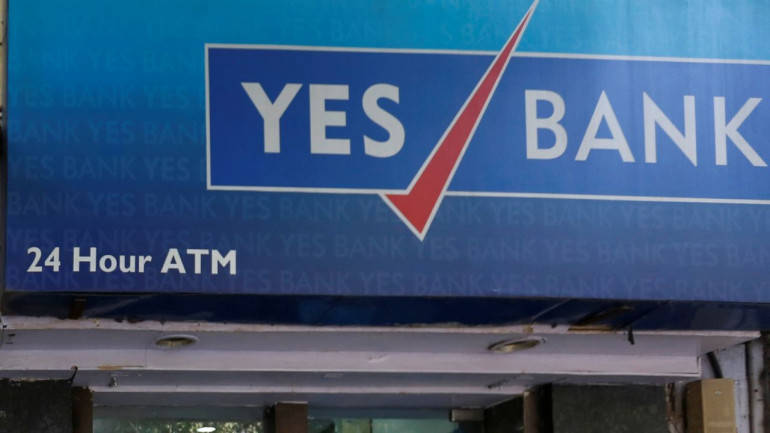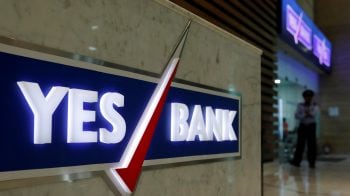On April 26, the bank reported its first-ever quarterly loss since its inception in 2004 at Rs 1,506 crore in the January-March quarter.
The balance sheet clean-up by Yes Bank will strain its profitability in the next 12-18 months as it makes provisions for stressed assets, Moody's Investors Service said on April 30.
On April 26, the bank reported its first-ever quarterly loss since its inception in 2004 at Rs 1,506 crore in the January-March quarter.
Nevertheless, the bank is profitable on a full-year basis, with a return on assets of 0.5 percent as of March 31, 2019, as against 1.4 percent a year ago.
"We estimate that the bank's overall stressed assets are about 8 percent of its gross loans... The balance sheet clean-up will strain the bank's profitability in the next 12-18 months as it provides for the stressed assets," Moody's said in a report.
The March quarter loss of Yes Bank was driven by higher credit costs for non-performing loans (NPLs) and the creation of a contingent provision against a pool of identified stressed assets.
"Despite near-term weakness, we expect the change in corporate behaviour under new bank leadership will be credit-positive after the de-risking is complete," Moody's said.
Reacting to the result, the bank's shares on April 30 slumped over 30 percent to Rs 165.30 apiece on the BSE in the early trade. The scrip ended the day at Rs 168, down 29.23 percent on the BSE.
The March quarter results of Yes Bank were announced after close of market hours on May 3. Stock markets were closed on April 29 on account of polling in Mumbai.
In late-January this year, the bank appointed Ravneet Gill as its managing director and chief executive officer (CEO), after the Reserve Bank of India restricted the bank's founder and long-time managing director and CEO Rana Kapoor's term until January 2019.
In the next three financial years, the bank may slow loan growth to about 20-25 percent annually, compared with an average loan growth of 34 percent a year between 2013-14 and 2018-19, Moody's said.
"The bank will increase the focus on the retail segment and small- and medium-sized enterprises and reduce dependence on corporate lending," Moody's said.
It added that a reduction in loan concentration to large corporate groups will be credit-positive, as these types of loans have lent volatility to the bank's asset performance in the recent years.
The bank's board has approved an equity capital raising plan of up to $1 billion, which, once complete, will help improve loss-absorbing buffers while supporting asset growth, it added.
The lender's gross non-performing assets (NPAs) doubled to 3.22 percent of loans as on March 31, 2019, from 1.28 percent at the end of March quarter in 2017-18.
At the end of March 2019, the bank's tier-I equity capital ratio was 8.4 percent, compared with 9.7 percent at the end of March 2018.





























































